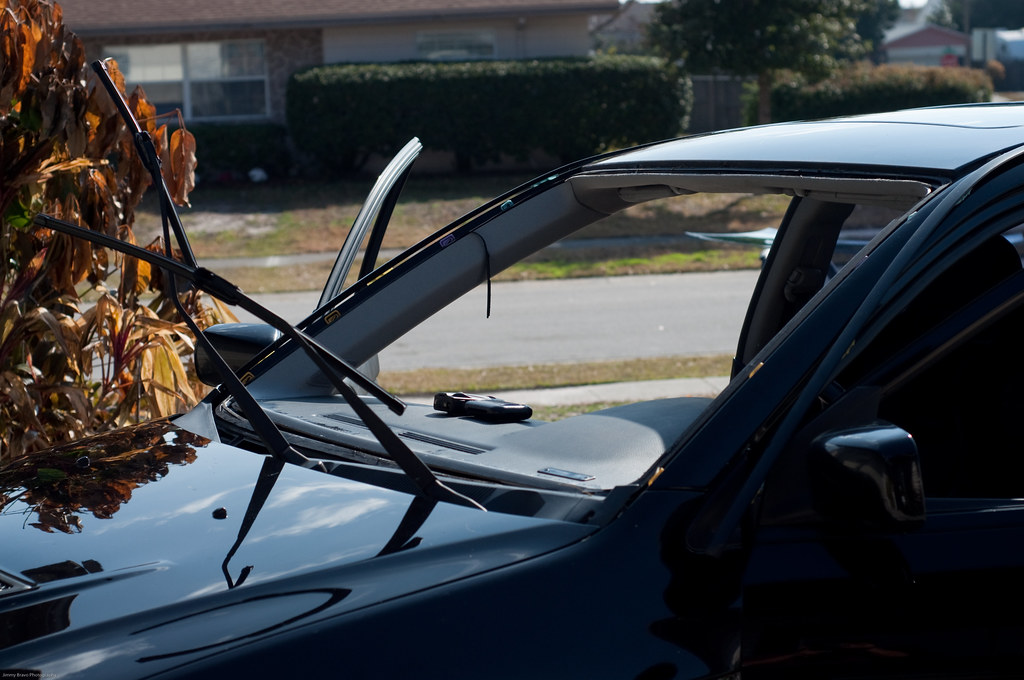Maintaining your rear windshield wiper is crucial for ensuring optimal visibility and safety while driving. A well-functioning wiper can make a significant difference during adverse weather conditions, helping to keep your rear view clear. Neglecting this component can lead to streaks, decreased visibility, and potential damage to your rear windshield. Here’s a comprehensive guide to rear windshield wiper maintenance, including tips on how to keep it in top condition.
1. Understanding the Importance of Rear Windshield Wipers
Rear windshield wipers serve a vital function by clearing rain, snow, and debris from the back window. This is especially important for vehicles with limited rear visibility, such as SUVs and hatchbacks. A functional rear wiper enhances safety by ensuring that the driver can see clearly behind the vehicle, reducing the risk of accidents.
2. Signs Your Rear Wiper Needs Maintenance
Recognizing the signs that your rear windshield wiper requires maintenance or replacement is essential. Here are some indicators to watch for:
1. Streaking or Smearing
If your rear wiper leaves streaks or smears on the glass, it may indicate that the wiper blade is worn or dirty. This can obscure your view, especially in rainy or snowy conditions.
2. Noisy Operation
A wiper that makes squeaking or grinding noises during operation may be a sign of a problem. This noise can indicate that the blade is damaged or that there’s debris caught in the mechanism.
3. Skipping or Jumping
If the wiper blade skips or jumps across the glass instead of moving smoothly, it likely needs to be replaced. This can happen due to wear or damage to the blade or arm.
4. Incomplete Coverage
If the wiper does not clear the entire area of the windshield effectively, it may be misaligned or damaged. This can create blind spots, which are dangerous for driving.
3. Regular Maintenance Tips
To keep your rear windshield wiper in optimal condition, consider the following maintenance tips:
1. Clean the Wiper Blade
Dirt, grime, and debris can accumulate on the wiper blade, reducing its effectiveness. Regularly cleaning the blade can help maintain performance. Here’s how to do it:
- Use Soapy Water: Mix mild soap with water and use a soft cloth or sponge to wipe down the blade. This helps remove dirt without damaging the rubber.
- Rinse Thoroughly: Make sure to rinse the blade with clean water to remove any soap residue.
2. Inspect the Wiper Blade
Regularly inspect the rubber blade for signs of wear or damage. Look for:
- Cracks or Tears: Any visible damage can compromise the wiper’s effectiveness.
- Hardening or Fraying: Over time, the rubber can harden or fray, leading to poor performance.
If you notice any issues, it’s time to replace the blade.
3. Check the Wiper Arm
The wiper arm itself should also be checked for any signs of damage or misalignment. Ensure that it’s securely attached and operating smoothly. If the arm is bent or loose, it may not make proper contact with the windshield.
4. When to Replace Your Rear Wiper Blade
Even with regular maintenance, wiper blades won’t last forever. Here are some guidelines to help you know when to replace them:
1. General Lifespan
Most rear wiper blades should be replaced every six months to a year, depending on usage and environmental conditions. Frequent use in harsh weather can lead to faster wear.
2. Seasonal Changes
Consider replacing your wiper blades at the start of each season, especially before winter and summer. Different weather conditions can impact the performance of your blades.
3. After Severe Weather
If you’ve experienced severe weather, such as heavy snow or ice, check your wiper blades for damage. Ice can cause blades to bend or crack, necessitating replacement.
5. Choosing the Right Wiper Blade
When it’s time to replace your rear wiper blade, selecting the right one is essential. Here are some tips:
1. Check the Size
Refer to your vehicle’s owner manual or measure the existing blade to find the correct size for replacement. Using the wrong size can lead to poor performance.
2. Choose Quality Products
Opt for high-quality wiper blades that are designed to withstand various weather conditions. Brands that offer warranties can provide added peace of mind.
3. Consider Specialty Blades
If you live in an area with extreme weather, consider specialty blades, such as winter or all-weather blades. These are designed to handle snow and ice better than standard blades.
Conclusion
Regular maintenance of your rear windshield wiper is essential for ensuring clear visibility and safe driving. By cleaning, inspecting, and replacing your wiper blades as needed, you can keep them in top condition. Recognizing the signs of wear and understanding when to replace your blades can prevent potential safety hazards on the road. Prioritizing rear windshield wiper maintenance will enhance your overall driving experience, especially during inclement weather conditions.

